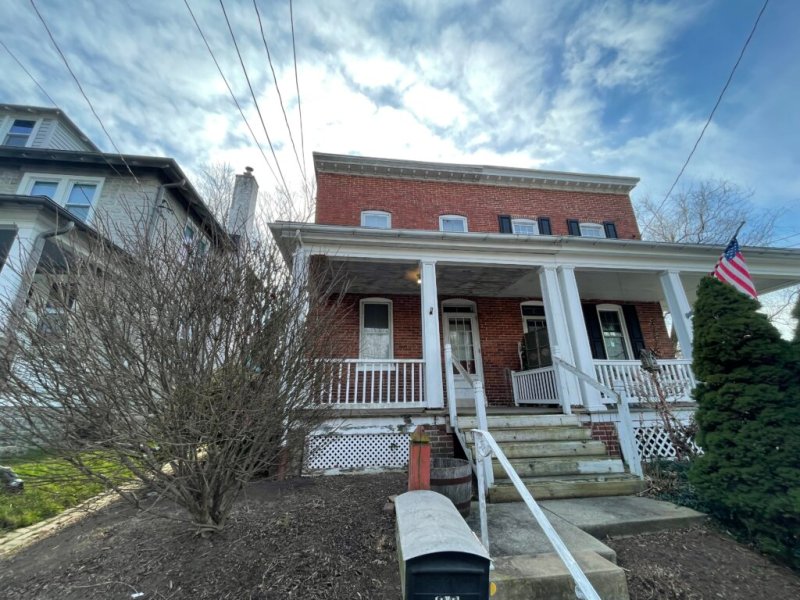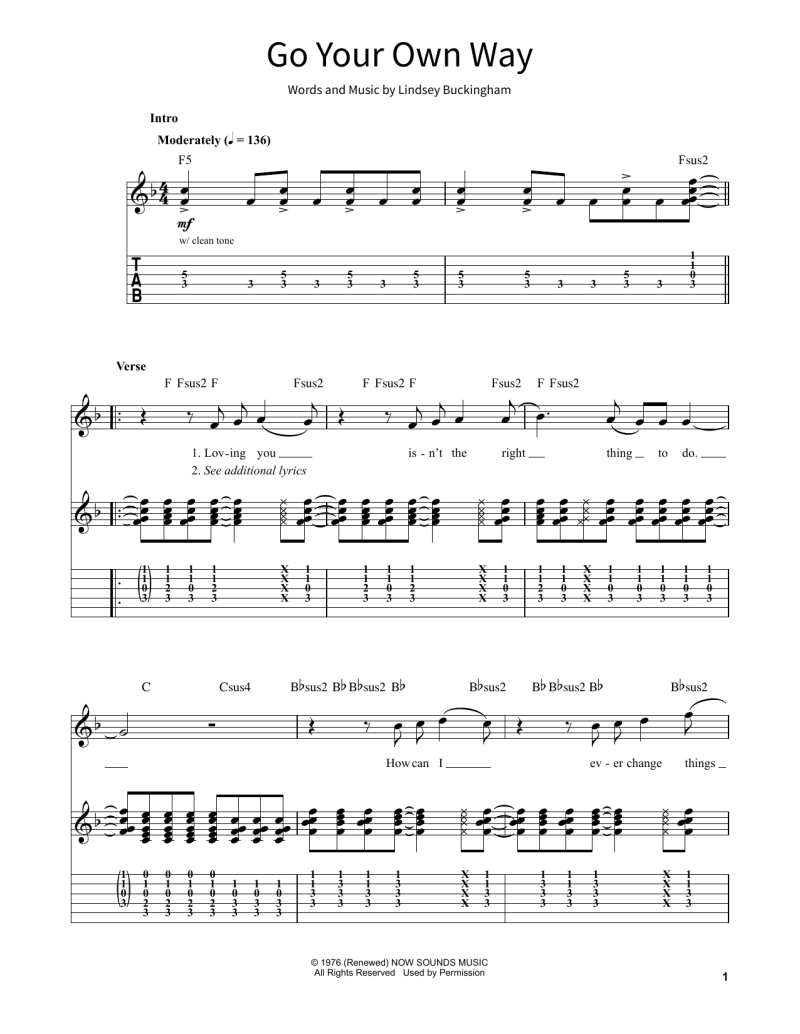How Do Trade Ins Work When You Still Owe – Options trading may seem complicated at first, but it is easy to understand if you know a few important tips. An investor’s portfolio is typically made up of several asset classes. These can be stocks, bonds, ETFs, and even mutual funds.
Options are another type of asset, and when used correctly, they provide many benefits that stocks and ETFs cannot trade on their own.
How Do Trade Ins Work When You Still Owe
Options are contracts that give a party the right – but not the obligation – to buy or sell an amount of an underlying asset at a predetermined price on or before the contract expires. Like many other asset classes, options can be purchased with brokerage investment accounts.
How To Sell Or Trade In Your Old Mac And Save On A New One
Options are powerful because they can improve one’s portfolio. They do this by increasing income, security, and even leverage. Depending on the situation, there is usually a choice situation suitable for the investor’s goals. A popular example is the use of options as an effective hedge against a declining stock market to limit downside losses. In fact, options were designed for the purpose of hedging. Hedging options means reducing risk at a reasonable cost. Here, we can think of using options as an insurance policy. Just like you can insure your home or car, options can be used to insure your investment against decline.
Imagine you want to buy technology stocks, but you also want to cut losses. By using put options, you can minimize your risk and enjoy all the benefits at a low cost. For short sellers, call options can be used to limit losses if the underlying price moves against their trade – especially during short-term pressure.
Options can also be used for estimates. A forecast is a bet on future price trends. An analyst may think that the stock price will rise based on fundamental analysis or technical analysis. A trader can buy a stock or buy a call option on a stock. Speculating on a single option – rather than buying a stock outright – is attractive to some traders because options offer a profit. An out-of-the-money option may be worth only a few dollars or cents compared to the full value of a $100 stock.
Options are related to a large group of securities known as derivatives. The value of a derivative is determined by the value of something else. Options are derivatives of financial securities – their value depends on the value of other assets. Examples of derivatives include calls, puts, futures, forwards, swaps, and mortgage-backed securities.
Nexstgo Lets You Trade In Old Laptops For A New Vaio Laptop That Will Spark Way More Joy
On the pricing side of an option contract, it is basically about determining the probability of future price events. The more likely something is to happen, the more valuable the option to profit from that event is. For example, the price of a call increases when the (underlying) stock goes up. This is important to understand the relative value of the options.
The shorter the time until the deadline, the lower the price. This is because the price of the underlying stock is less likely to move as we approach expiration. This is why one option is awastingasset. If you buy a one-month option that is out of the money, and the stock does not move, the option becomes less valuable with each passing day. Because duration is part of an option’s value, a one-month option will have a lower value than a three-month option. This is because the more time you have available, the more likely the price will move in your favor, and vice versa.
Therefore, one option strike expiring in one year will be worth more than one strike in one month. This behavior of losing options is called time decay. If the stock price does not move, the same option will be worth less tomorrow than it is today.
Volatility also increases the value of options. This is because uncertainty pushes the probability of the outcome higher. If the volatility of the underlying asset increases, large price changes increase the likelihood of large moves, both up and down. A large price swing increases the probability of an event occurring. Therefore, the higher the volatility, the higher the value of the option. Options trading and volatility are linked in this way.
Can You Trade In A Lease Car?
In most US markets, a stock option contract is an option to buy or sell 100 shares; So you need to multiply the contract payment by 100 to get the total amount you want to spend on the phone.
Often, owners choose to trade (close) their positions and take their profits. This means that option holders sell their options in the market, and writers buy them to close out their positions. Only 10% of the options are used, 60% are sold (locked) out, and 30% end up useless.
Option price changes can be described in terms of intrinsic value and deterministic value, also known as time value. An option’s premium is a combination of its intrinsic value and the time value. Intrinsic value is the amount in the money of the option contract, which, for a call option, is the amount above the strike price at which the stock is sold. The time value represents the added value that an investor has to pay for an option higher than its intrinsic value. This is extrinsic value or time value. So the option value in our example can be seen as:
In real life, options often trade at some level higher than their intrinsic value, because the probability of an event occurring is never zero, even if the probability is very high.
Infographic] Why Pursuing A Trade Is A Great Career Move
An option is a type of derivative security. An option is a derivative because its price is intrinsically linked to the price of something else. If you buy an option contract, it gives you the right but not the obligation to buy or sell the underlying asset at a set price on or before a certain date.
A call option gives the holder the right to buy the stock and a put option gives the holder the right to sell the stock. Think of a call option as a down payment on a future purchase.
Alternative methods involve risks and are not suitable for everyone. Options trading can be speculative in nature and carries a high risk of loss.
A call option gives the holder the right, but not the obligation, to buy the underlying security at the strike price or before expiration. A call option is more valuable when the underlying price of the security increases (the call has a positive delta).
Cfd Trading: What Is It & How Does It Work? — Trade Nation
A long call can be used to estimate the price of the underlying increase, as it has unlimited potential but the maximum loss is the premium (price) paid for the option.
A prospective homeowner sees a new development going up. The person may want the right to buy a house in the future but will only want to use it once some developments are built around the area.
A potential home buyer can benefit from the choice to buy or not. Imagine they can buy a house from a developer for $400,000 at any time in the next three years. Well, they can – you know it as a non-refundable deposit. Usually, the developer does not provide such an option for free. A prospective home buyer is required to contribute a down payment to close the lien.
In the context of options, this cost is known as the premium. This is the price of the option contract. In our house example, the deposit would be $20,000 which the buyer pays to the developer. Let’s say two years have passed, and now the development has been approved for construction and zoning. The home buyer makes a choice and buys a home for $400,000 because that is a purchase contract.
Smelly Melly Trade In
The market value of the home could double to $800,000. But since the down payment is locked into the default price, the buyer pays $400,000. Now, in an alternative scenario, we say that zoning approval does not come for years. Wednesday. A year has passed since this option expired. Now the home buyer has to pay the market price because the contract is over. In both cases, the developer keeps the original collection of $ 20,000.
Unlike call options, puts give the holder the right, but not the obligation, to sell the underlying stock at the strike price at or before expiration. A long put, therefore, is a short position in the underlying security, since the put increases in value when the price of the underlying falls (they have a negative delta). Defense shares can be bought as a form of insurance, providing investors with a low price to hedge their positions.
Now, think of the deposit option as an insurance policy. If you own your home, you are probably familiar with the process of buying home insurance. A homeowner purchases a homeowner’s policy to protect their home from damage. They pay an amount called an annuity for a specified period of time, say a year. The policy has real value and protects the policyholder in the event of damage to the home.
What if, instead of a house, your property was a stock or index investment? Similarly, if an investor wants to hedge his S&P 500 index portfolio, he can
Value Your Trade Near Baton Rouge La
I want to trade in my car but still owe, can you trade in your car if you still owe, how does a trade in work when you still owe, how do vehicle trade ins work, trade in a car you still owe on, how to trade in a car you still owe on, can i trade in my car if i still owe, trade in car when you still owe, how do trade ins work, trade in my car but i still owe money, trade in a car i still owe on, how do car trade ins work








